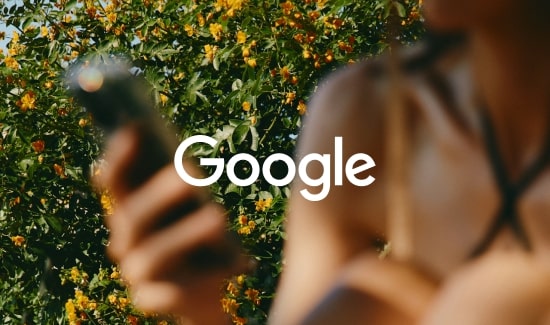On Facebook, you can choose to pay for advertisements on either a CPM or CPC basis. The CPM model is pretty straightforward – for every 1,000 impressions, you bid X dollars. Interestingly, one thing that Facebook fails to spell out – and business owners and marketers often misinterpret – is what exactly Facebook considers a ‘Click.’ At first blush, you might assume that a click is when someone interacts with a link in your ad and goes offsite. In fact, a lot of people assume this. This means when business owners take out Page Post Ads with links to places off of Facebook, they’re confused as to why their Facebook Ads analytics is telling them that they’ve received 1,500 clicks on their ad, but only saw 150 visitors to their site in their analytics.
The reason that this happens is two-fold: first, business owners and marketers have a tendency to focus on top-level metrics like clicks; second, they forget that they get access to the greater customization of page post ads because they agree to keep some of that traffic inside Facebook’s ecosystem. This trade-off translates into different definitions of clicks for different ads and interactions with those ads.
Let’s take a look at those in a little more detail. We’ll break down the definition of a ‘Click’ for each ad, so you’ll be better able to interpret the results of your campaigns.
URL Ad Clicks and Search Ads These clicks are pretty straightforward – if a user clicks on your ad, that’s a click. Clear, right? These ads should correlate pretty closely with the number of visitors your site receives – something you can track with Google Analytics using campaign parameters.
Like Ads These ads will count a click as someone clicking through and visiting your Page. You will also be charged when someone clicks the ‘Like this Page’ button underneath the ad directly. Similarly, App Ads will also count a click as someone either clicking through to the app or installing it directly from the ad.
Post Ads This is where things get tricky. Page Post Ads (and their sponsored story counterparts) count as clicks a variety of things, some of which can be highly confusing. For example, a click doesn’t necessarily mean that someone clicked on the URL in your page post and visited your site. It seems to have several definitions and can be several different things.
For example, Fuji Bikes took out a Promoted Post. In the analytics for the newsfeed portion of the promotion, Facebook said it had received 383 clicks. There’s no way to see if it means clicks to expand the photo, clicks on the Fuji Bike page name, or anything else. And this particular promoted post had nothing to click in the post itself – it was simply a photo with some text.
This is important, especially if metrics like Cost per Click are important to your overall determination on the success of a campaign. In order to break out the clicks you really want, you’ll have to dig into the Advertising Reports on Facebook to find out more. The definition of a click gets further muddled around the Facebook ecosystem. In Insights, it includes things like Other Clicks, which include clicks on other users’ names and comments. It also clearly shows you Link Clicks, implying they have the ability to pull out and segment that data.
The Promoted Post analytics section is vaguely worded and implies that any click that occurs on your page after the user is served the ad counts as a click for the promotion.
It’s important to know the definitions of these metrics in the Facebook ecosystem. As you can see, they clearly differ from what might be your expectation from other web advertising, like AdWords. Arming yourselves with this understanding will make you better at determining both the effectiveness of your campaigns and the overall mix they should contain.
Learn more about our paid social offering
Explore
More Insights?
View All InsightsQuestions?





